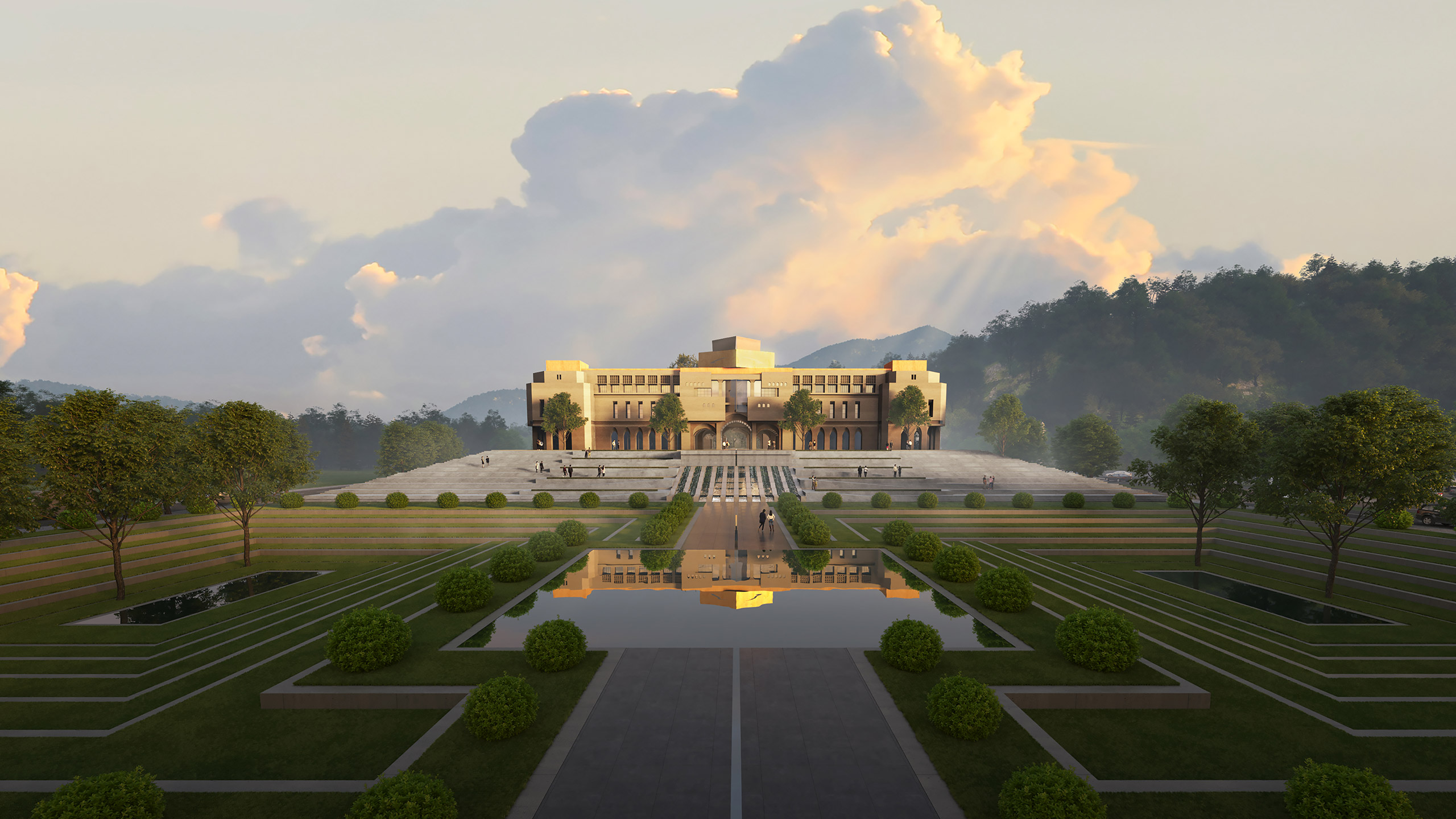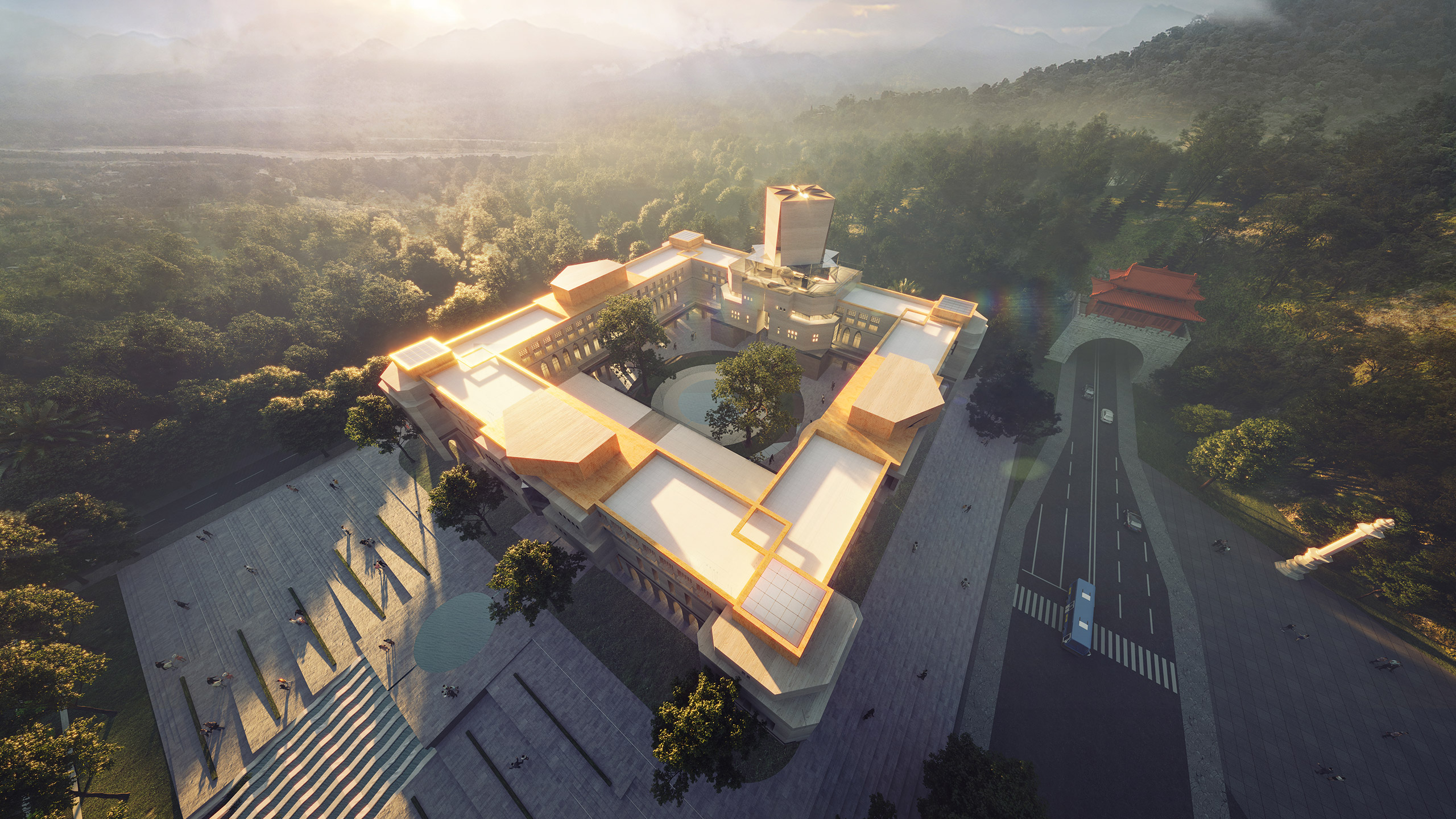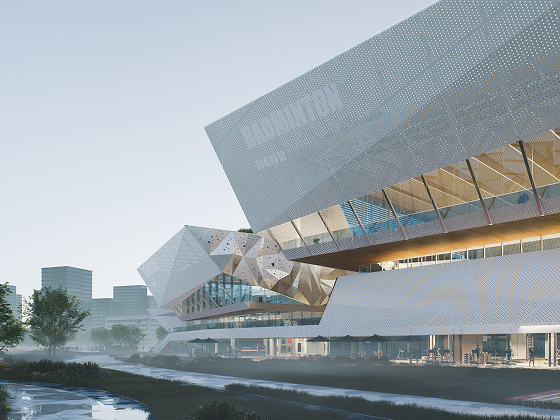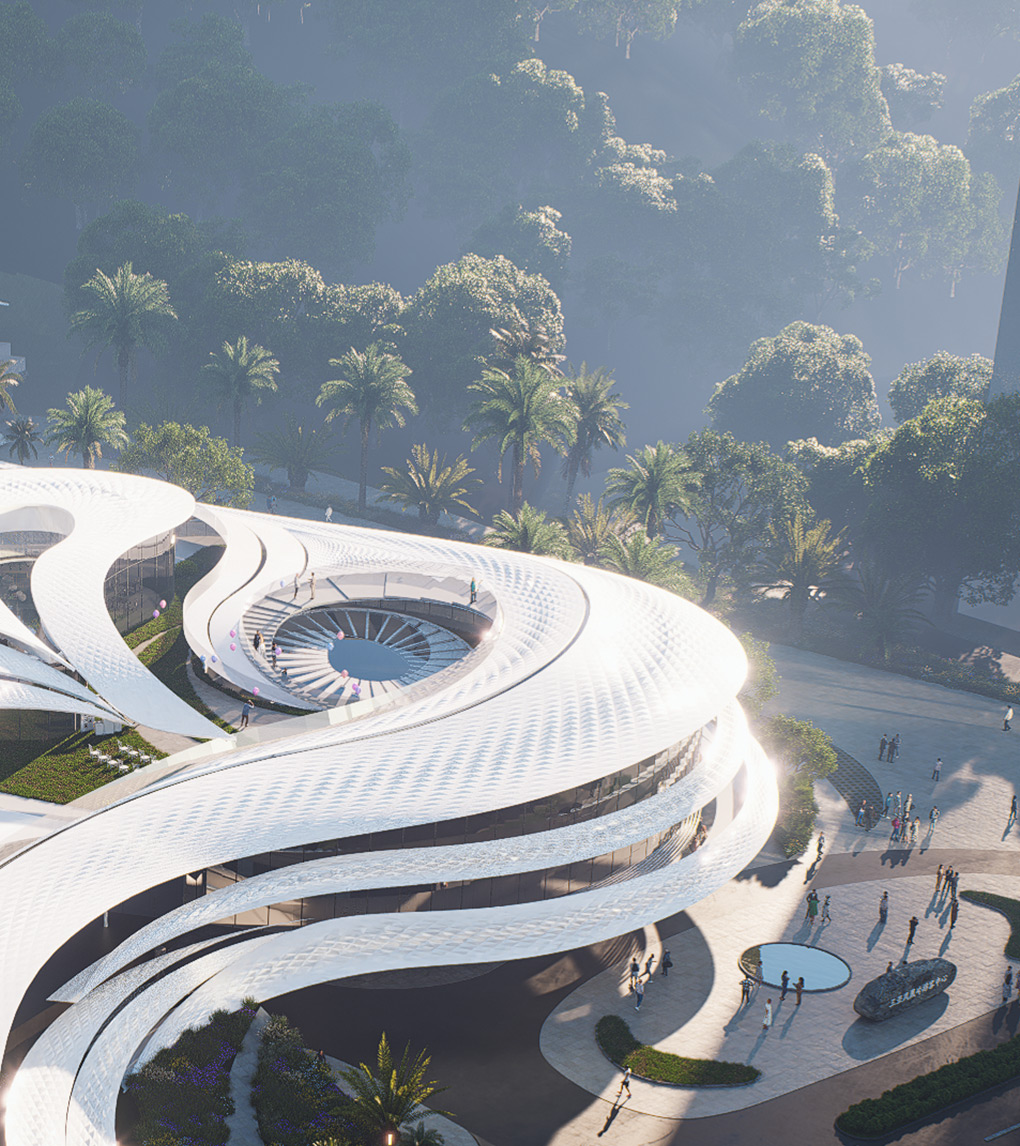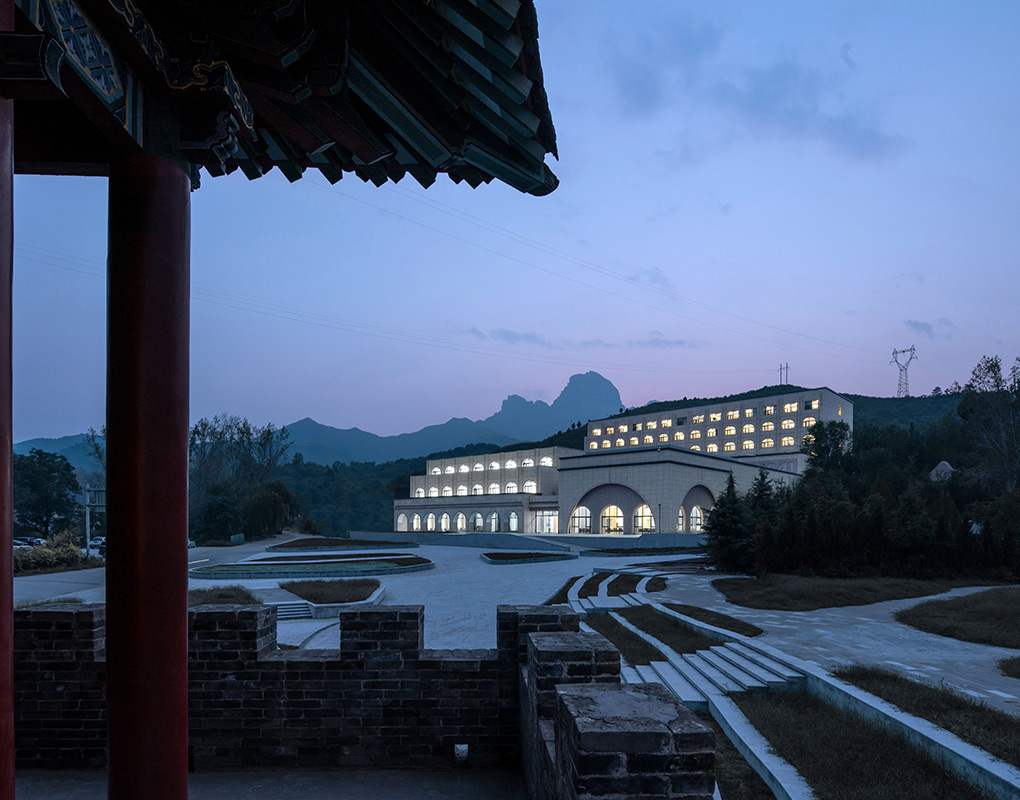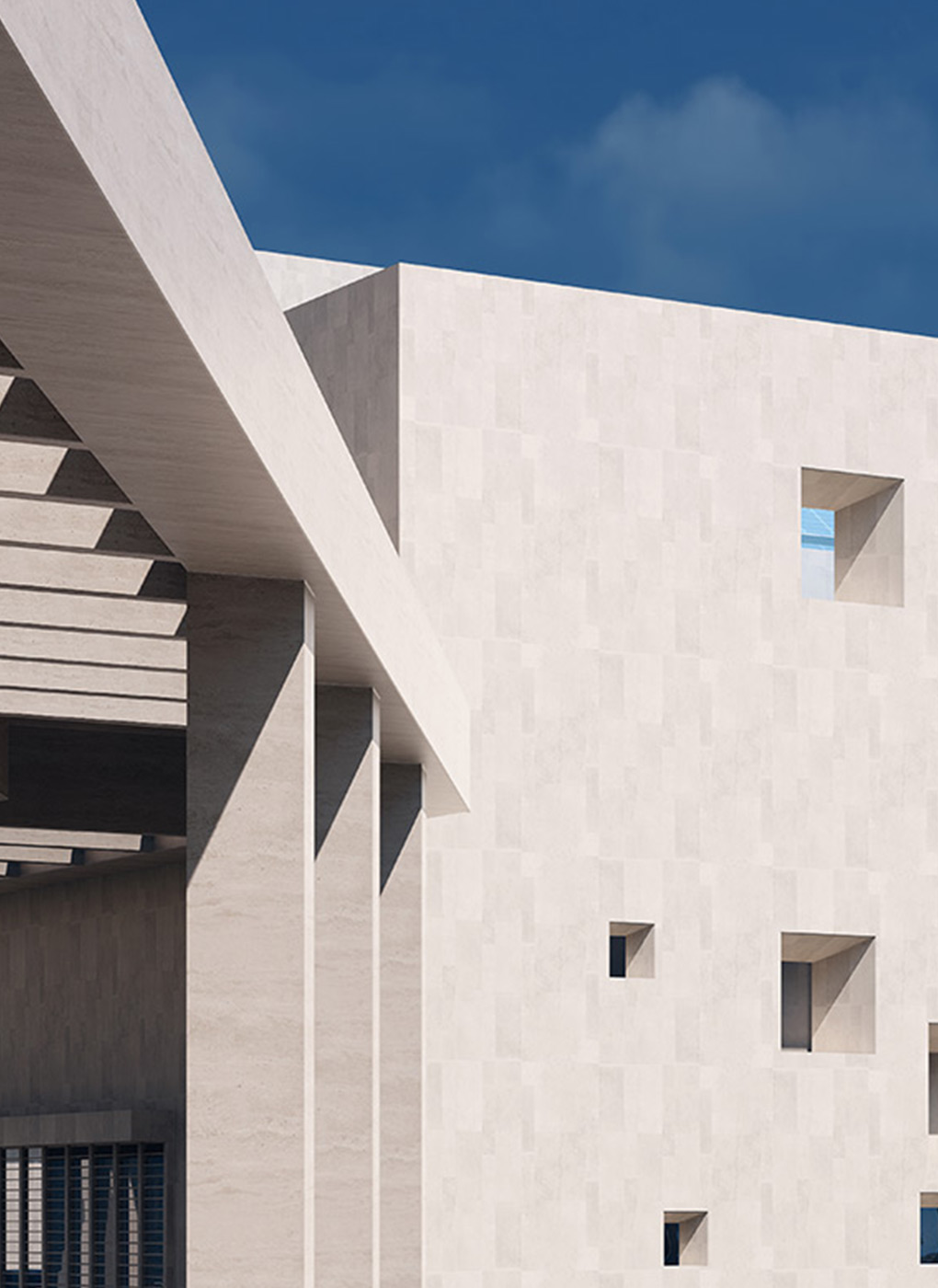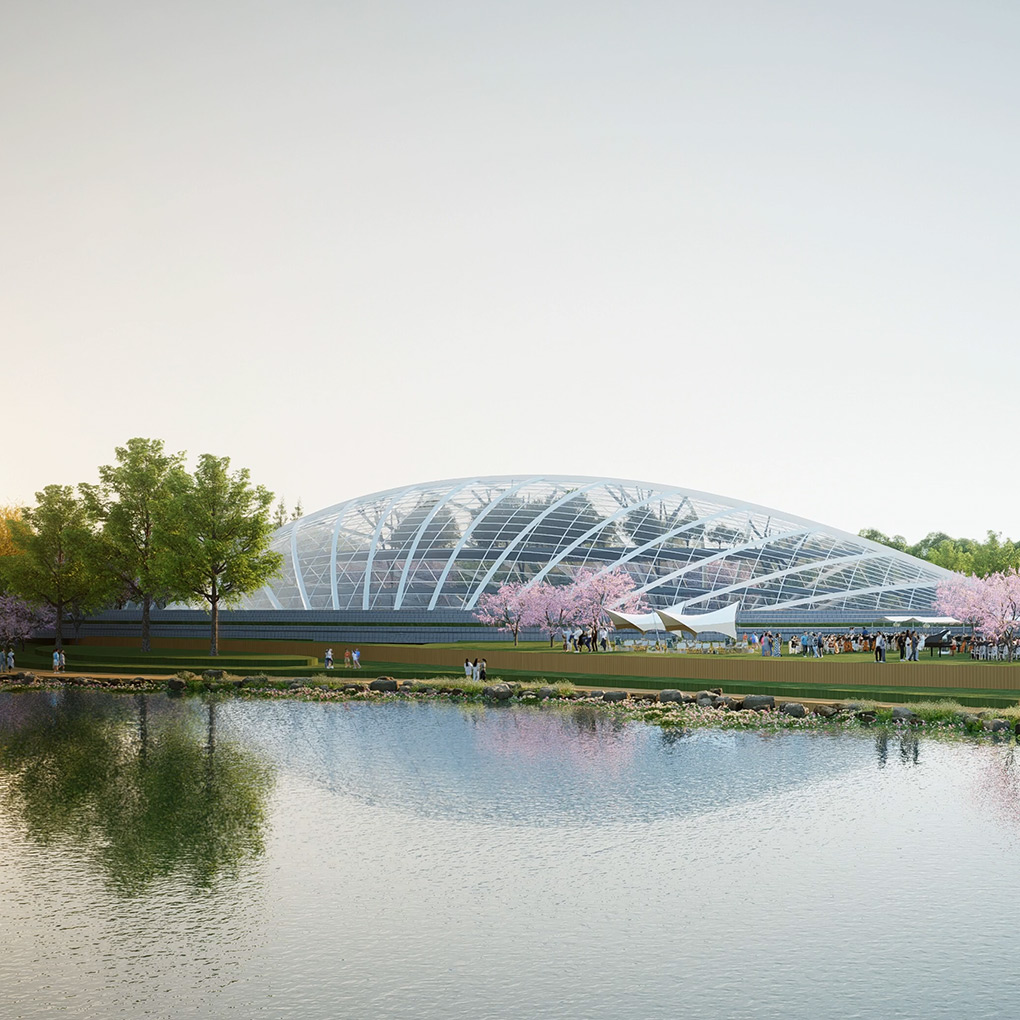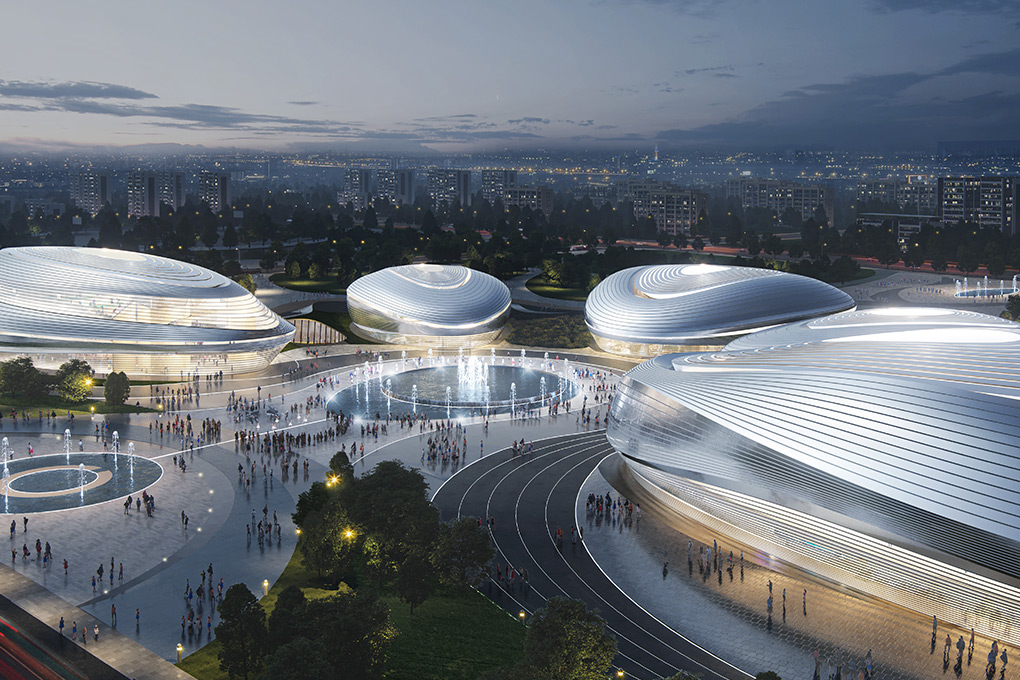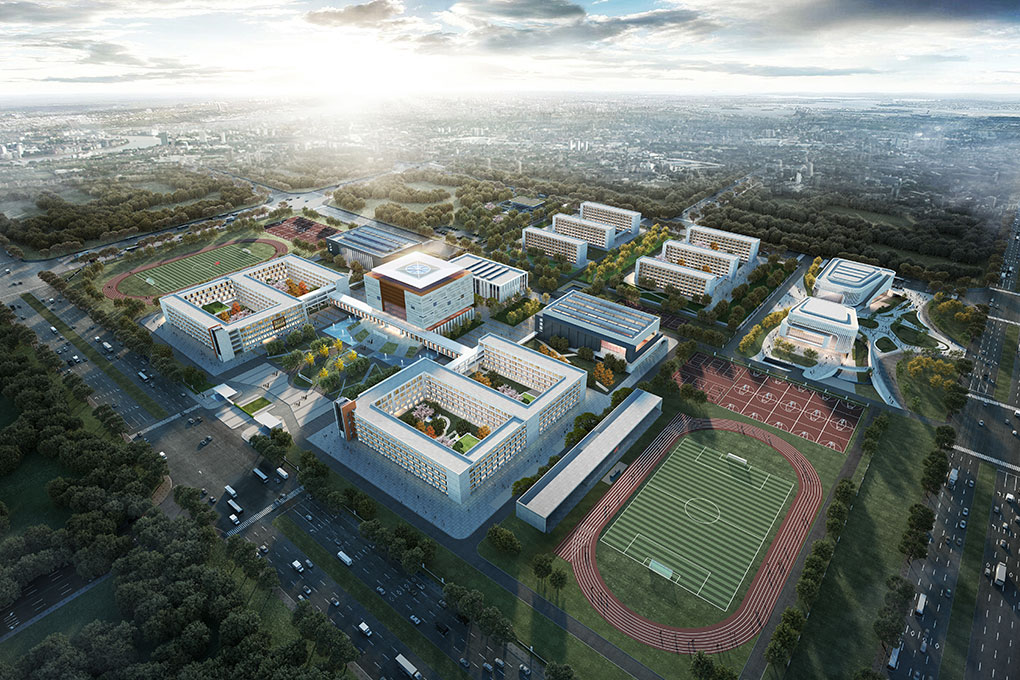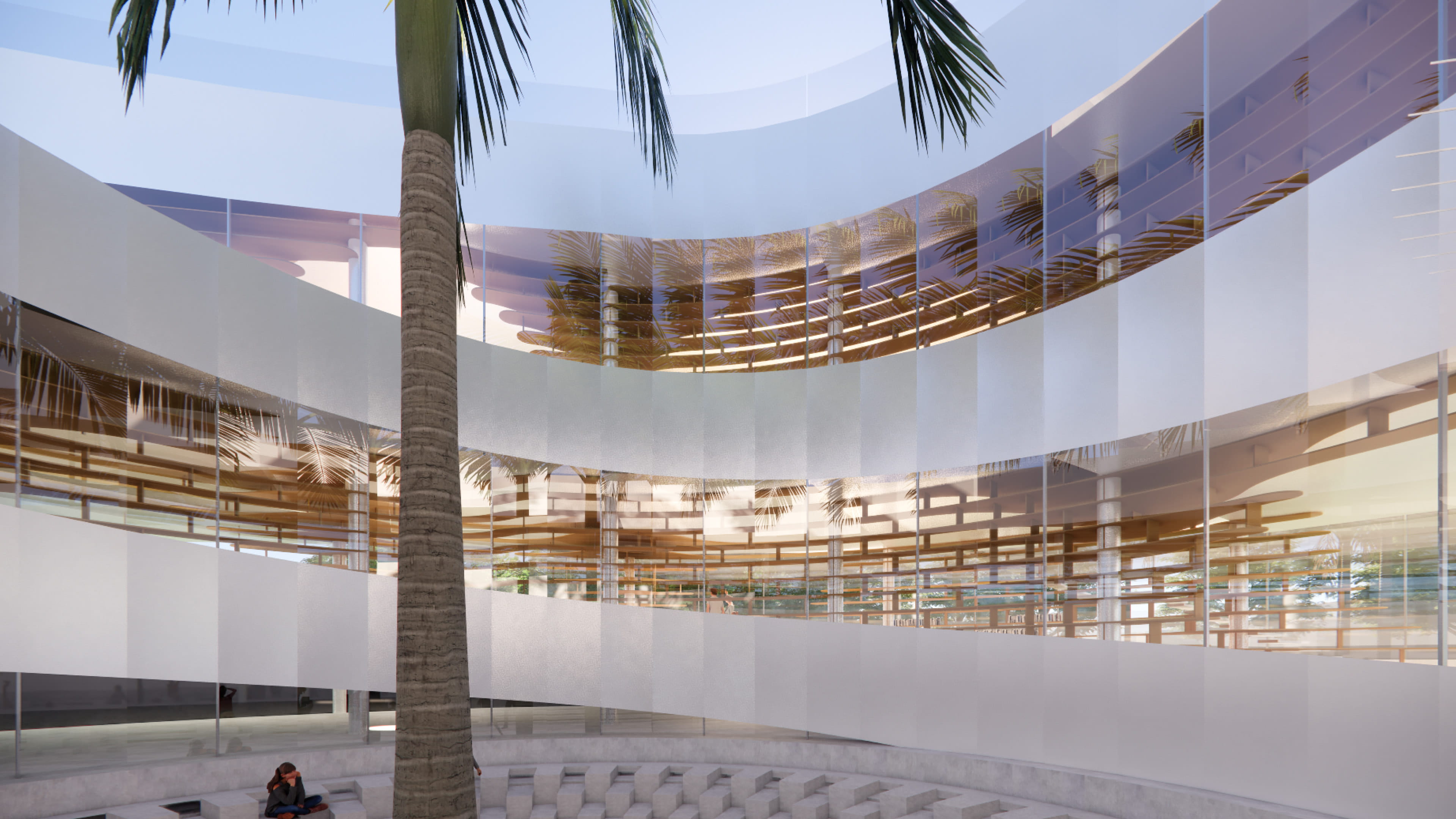
Zhuhai Jintai Temple
Zhuhai • Guangdong • China • 2024-2025
Jintai Temple is located at the foot of Huangyang Mountain in Zhuhai City, Guangdong Province, and is one of the eight views of Huangyang, a holy place of Buddhism with historical vicissitudes and rebirth. Its original name is Jintai Jingshe, there is a reservoir in front of the blue lake, and the back is leaning on the green peaks, as if in the embrace of heaven and earth, meditating and participating in meditation, absorbing the aura of the mountains and rivers. Huangyang Mountain is located in the central and western part of Doumen District, Zhuhai City, known as "the first peak of the Pearl River gateway", with elegant scenery, climbing high and overlooking, and the three major outlets of the Pearl River are in full view. At the extension of the main peak of Huangyang Mountain and the Shiji Peak, the spring water gathers into a pond, which is the Wangbao Reservoir in front of Jintai Temple.
Status: Ongoing
Time: 2024-2025
Owner: Jintai Temple, Zhuhai, Guangdong
Type: Delegate
Contents: Religious buildings, cultural buildings, public buildings
GFA/plot area: 11,800 m² / 23,736 m²
Principal Architect: Liu Xiangcheng
Chief Architect: Liu Xiangcheng
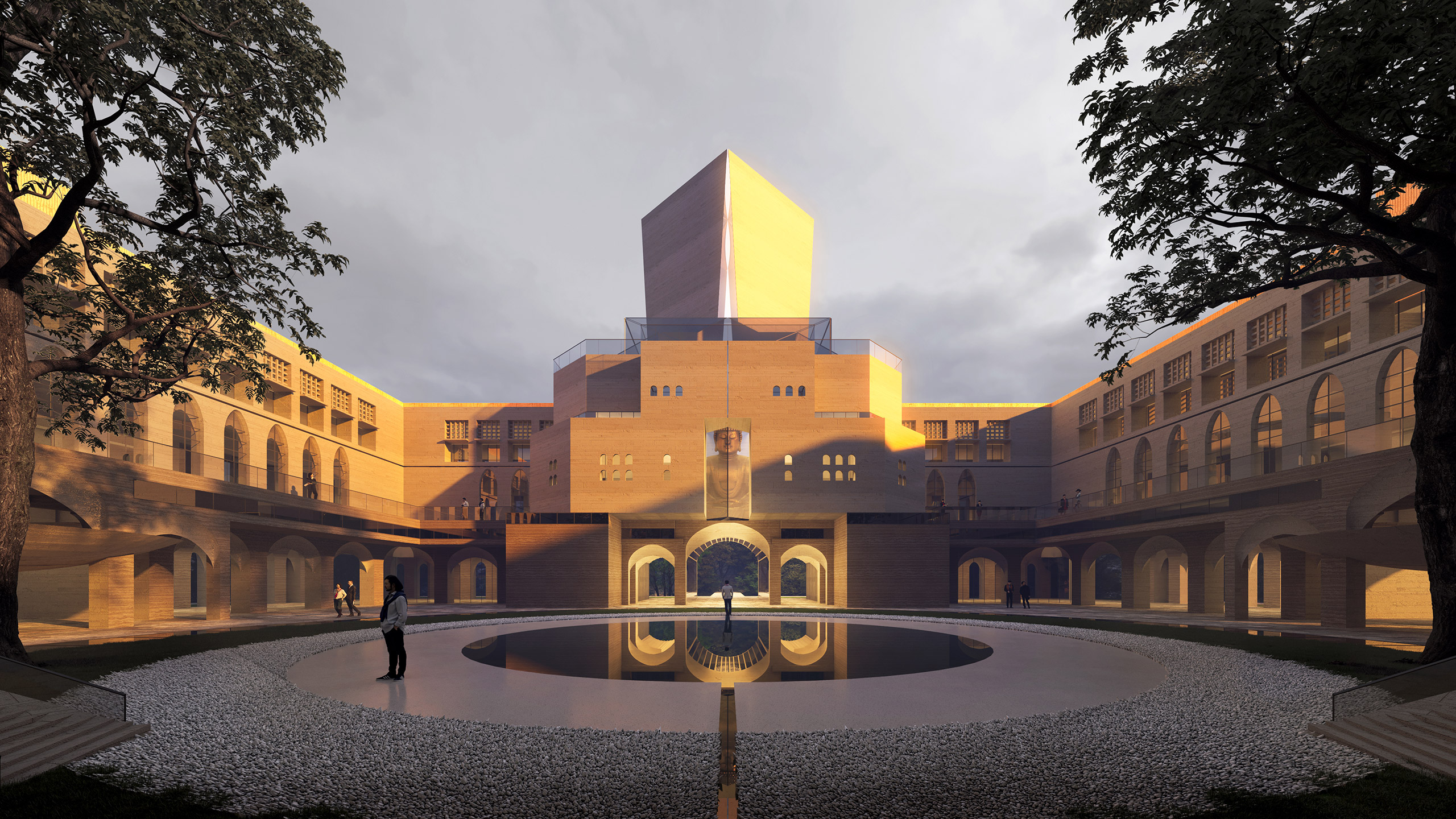
The project aims to design a new building for Jintai Temple, which will be used for the display of Buddhist culture in Jintai Temple, located at the place where Songcheng Avenue must pass through Jintai Temple, to create a holy place for Buddhist cultural exchanges.
In the design of architecture and landscape space, it is a classic layout technique that can create a strong sense of order, enrich the spatial hierarchy and unique experience to create an axis sequence of "one axis, three courtyards and five gardens" according to the line of sight and streamline guidance. This design aims to make people get a coherent, comfortable and varied visual experience and spatial experience when traveling in the space through scientific and reasonable planning. Through the analysis of the best viewing distance from the human perspective, the spatial proportion was calculated, and the length of the project axis was determined to be 178 meters, and the water surface was 48 meters.
Regarding the "three gates", volume 39 of "Fayuan Zhulin" has a record about Jingzhou Hedong Temple: "Fengkai three gates, two heavy and seven rooms". Sanmen is also the name of the temple, expressing the thoughts of emptiness, non-appearance, and unwillingness, so it is called the "Three Liberation Gates". Among them, the middle one is called the empty gate, the left side is the non-phase gate, the right side is the non-making door, and the three doors have the expression meaning of wisdom, compassion, and convenience.
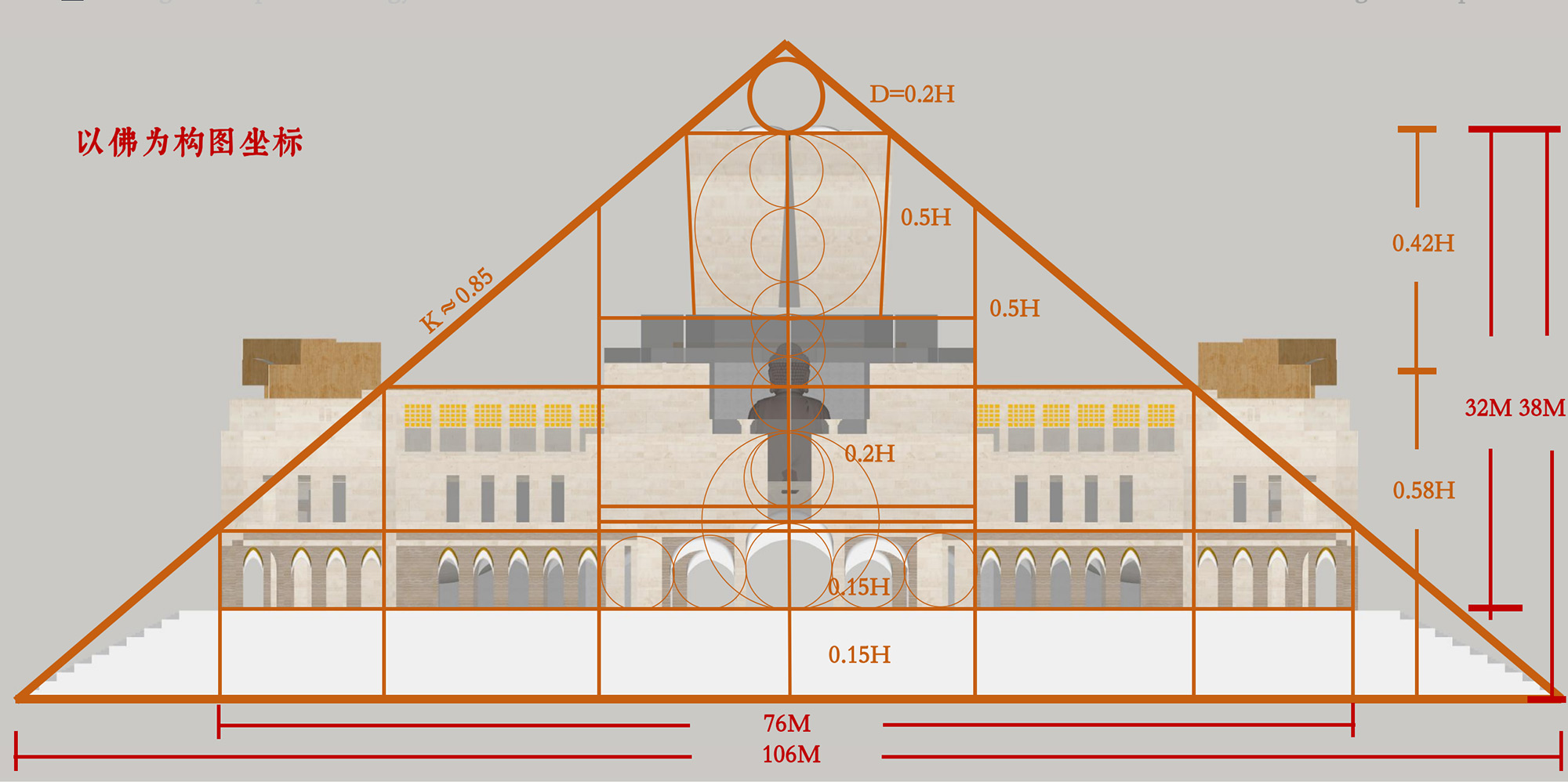
As an important carrier of Buddhist culture, Buddha statues contain rich religious connotations, artistic aesthetics and historical information. Through abstraction and symbolization, the core elements can be refined and transformed to meet the expression needs of modern building façade design. By simplifying and summarizing the specific characteristics of the Buddha statue, such as form, proportion, and material, and analyzing its modeling rules and aesthetic characteristics, the elements of the Buddha statue are presented in a more concise and pure form.
The layout of the venue is based on the core concept of "Middle Way", which avoids both extreme asceticism and extreme hedonism, and aims to achieve inner peace and peace through a peaceful and neutral state of mind. Buddhism's "middle way" thought is based on the emptiness of the arising nature of all dharmas, emphasizing that in practice, we should not be biased towards asceticism or happiness, and in terms of thinking, we should be free from the two extremes of existence or non-existence, permanent residence or cessation, reflecting a righteous path that does not fall behind on both sides. It implies that the practitioner is on the path of perseverance, like climbing a ramp that spirals upward, and the practitioner gradually moves towards the path of liberation and enlightenment through inner cultivation and understanding of the Dharma.
